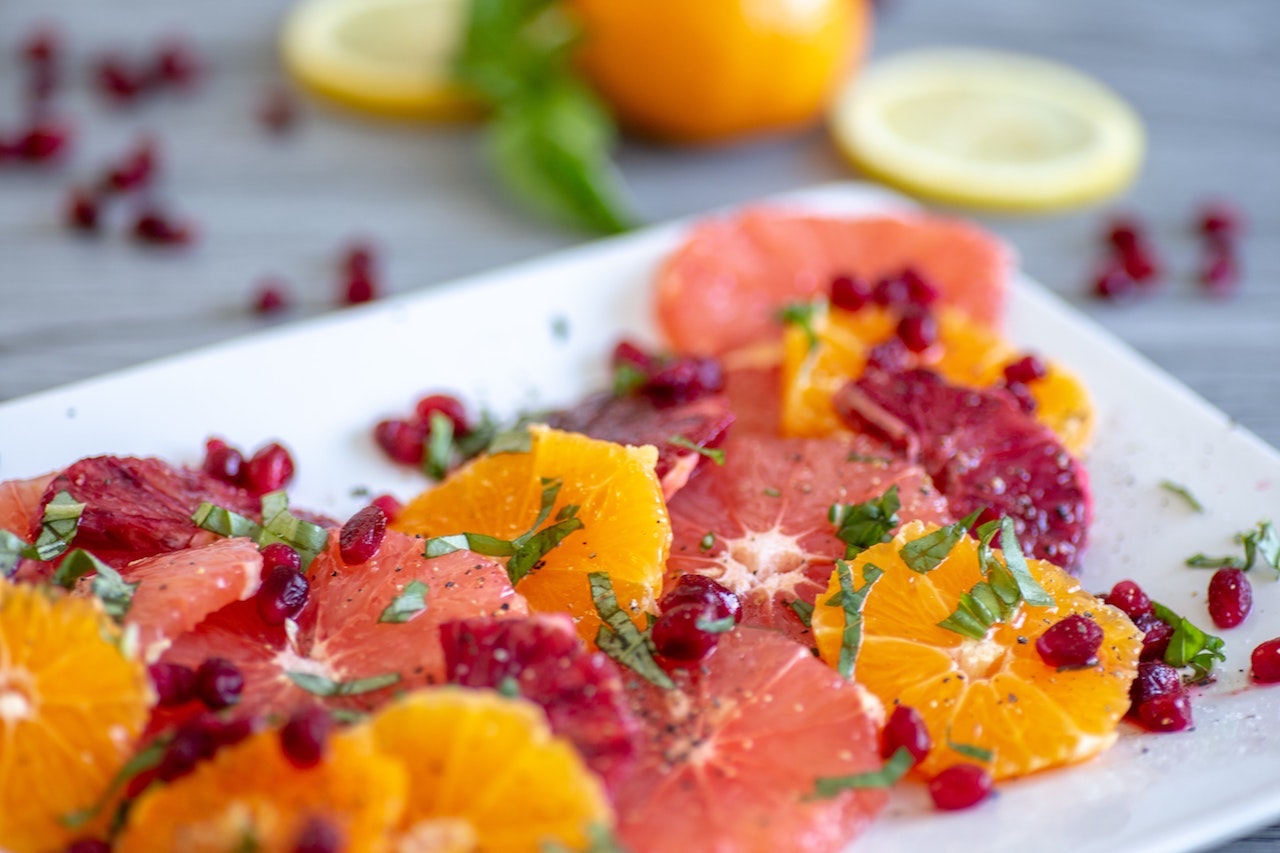I know I talk a lot about the importance of plants and more specifically, plant diversity but it is for a reason, I promise!
Adding more plants into your diet is one of the greatest things you can do for your gut health and overall health.
We should be aiming to consume at least 30 different types of plants in our diet per week. When I say plants, I am not just referring to fruits and veggies, this also includes wholegrains, legumes, nuts, seeds, herbs and spices.
Eating a wide variety of plants can seem like an overwhelming and impossible task. However, it’s actually not that hard and despite adding more foods to your diet, meals do not have to be more complex or time consuming.
Here I am showing you exactly how by sharing 5 diverse ways to increase your plant intake:
Pancakes
When making pancakes, instead of limiting yourself to a batter containing flour, eggs and milk, try adding mashed banana, pumpkin and freshly grated ginger to sweet pancakes which adds in, 3 more plants.
Savoury pancakes themselves are a very easy way to eat more plants by adding grated zucchini, grated sweet potato, mashed broccoli, shaved cabbage and herbs – the options are endless!
Dips
Dips are a concentrated way to add more plants to your diet and are especially good for kids because often the plants can go unnoticed.
For example:
- start with a base of legumes such as chickpeas, cannellini beans or lentils
- add a veggie such as roasted sweet potato, roasted pumpkin or cauliflower
- add some nuts/seeds – tahini, cashew butter, almond meal or pumpkin seeds
- finish with herbs and spices – coriander, basil, turmeric, ginger, paprika
To save time, you can also buy a container of hummus and add it to a blender with your own veggie choices such as:
- Roasted sweet potato or beetroot
- Grated zucchini
- Fresh herbs – coriander or parsley
- Hemp seeds
- Avocado
Instead of just using dips at snack tip, try using them as a spread on toast, sandwiches or wraps and also on top of salads, roasted veggies and omelettes.
Carb dinner sides
Many households serve rice, pasta, cous cous etc, with their main meal at night as a source of carbs. However, plain carbs can easily be boosted to increase the plant count from 1! For example:
- Instead of plain rice, serve a veggie-full fried rice or sautee cooked rice with onion, spinach and grated zucchini.
- Cous cous could be turned into a roasted veggie cous cous with herbs and spices
- Plain pasta could be tossed through a homemade pesto using fresh basil, rocket and nuts/seeds.
Seed Mix
Many of us sprinkle our smoothies and porridges with hemp or chia seeds, which is a great way to add more protein, healthy fats and fibre to our meals. To go one step further, why not create your own seed mix with added spices and use to sprinkle on porridge, cereal, smoothies, salads, yoghurt – anything really!
Here are some plant-based ingredients which can be used
- Puffed amaranth or buckinis
- Coconut, hemp seeds, chia seeds, flaxseeds, sunflower seeds, pumpkin seeds
- Almonds, cashews, macadamia nuts, brazil nuts or pecans
- Goji berries, dried blueberries, dates, dried apricot, banana, mango or apple
- Ground cinnamon, turmeric, ginger, sumac or mixed spice
Mashes
Similar to cooked grains, mash is a crowd favourite dinner side. Traditionally a single veggie is used such as white potato or sweet potato along with milk. However, to step up your plant diversity game, why not try using a few veggies, some optional legumes, herbs and spices to create a more interesting and healthy mash, some examples are:
- Cauliflower, sweet potato, turmeric, ginger, coriander and coconut milk
- White potato, cannellini beans, broccoli, basil and almond milk
- Carrot, chickpea, fennel, cinnamon, chilli and paprika using soy milk
I hope these tips help you to start adding a more diverse range of plants into your diet!
